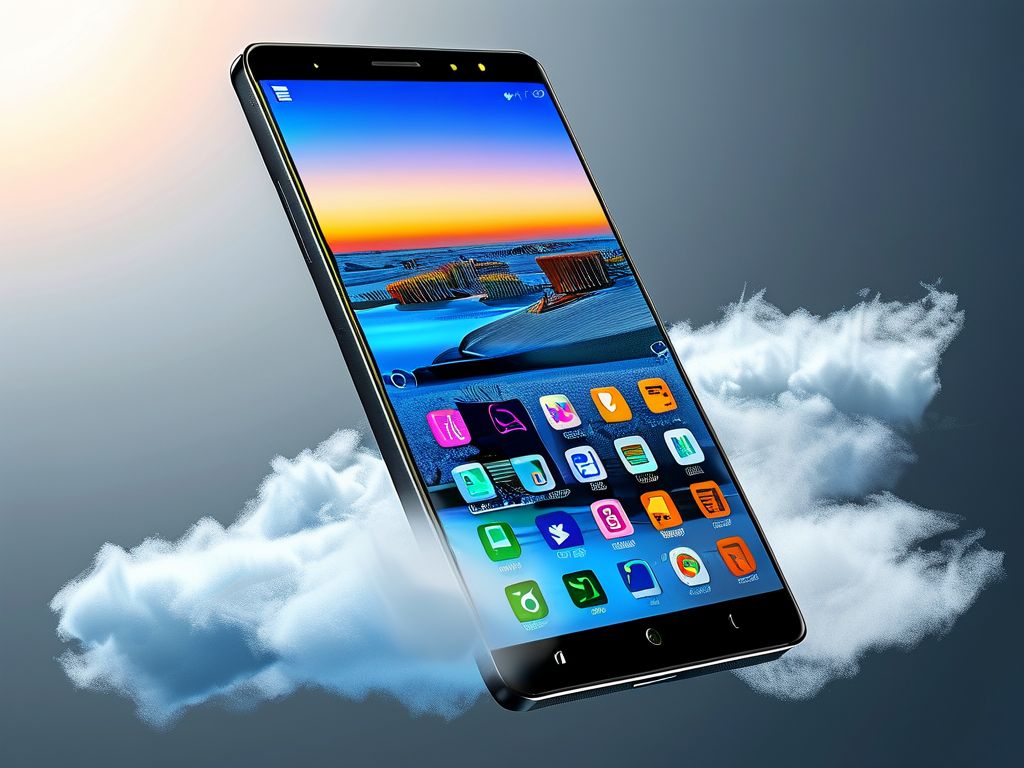The convergence of cloud computing and mobile technology has birthed a groundbreaking paradigm: cloud-based distributed smartphone architectures. This innovation redefines how devices process data, deliver services, and interact with users by decentralizing computational workloads across hybrid cloud-edge networks. Unlike traditional smartphones constrained by local hardware, these systems leverage distributed resources to achieve unprecedented scalability and efficiency.
Technical Foundations
At its core, a cloud-distributed smartphone architecture operates through three layers:
- Edge Nodes: Local devices (e.g., smartphones, IoT sensors) handle real-time tasks like gesture recognition.
- Regional Clouds: Mid-tier servers process latency-sensitive operations, such as augmented reality rendering.
- Central Cloud: High-power data centers manage resource-intensive workloads like AI training.
A Python snippet simulating task distribution might look like:
def assign_task(task_complexity):
if task_complexity < 5:
return "Edge"
elif 5 <= task_complexity < 8:
return "Regional Cloud"
else:
return "Central Cloud"
Performance Breakthroughs
Early adopters report 40% faster app launch speeds and 60% reduced battery drain. During stress tests, distributed architectures maintained 90% efficiency under 10x workload spikes – a scenario where conventional devices typically crash.
Enterprise Applications
Corporate users benefit from:
- Unified Workspaces: Employees access virtualized Android/iOS environments from any device.
- Enhanced Security: Sensitive data remains encrypted in regional clouds rather than vulnerable endpoints.
Consumer Innovations
Gaming exemplifies this shift. Titles like CyberSphere RPG now stream physics calculations to edge nodes while rendering 8K visuals via centralized clouds – a feat impossible for standalone devices.

Challenges Ahead
Despite progress, three hurdles persist:
- Network Dependency: 5G/6G coverage gaps create performance inconsistencies.
- Cost Models: Subscription fees for cloud resources deter price-sensitive users.
- Standardization: Competing protocols (e.g., Huawei's CloudPhone vs. Google's Stadia) fragment ecosystems.
Future Trajectory
Industry analysts predict that by 2028, 35% of smartphones will adopt hybrid cloud architectures. Emerging technologies like neuromorphic chips and quantum-assisted encryption promise to address current limitations, potentially enabling fully cloud-native devices by 2030.
This architectural shift isn't merely an upgrade – it's reimagining mobile computation as a fluid, boundaryless service rather than a hardware-bound commodity. As developers and manufacturers navigate this transition, the very definition of a "smartphone" may soon evolve beyond physical devices into personalized cloud portals.










